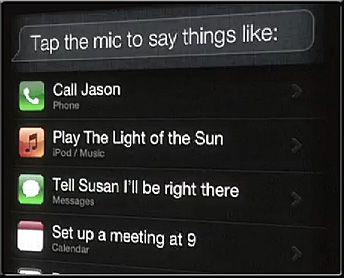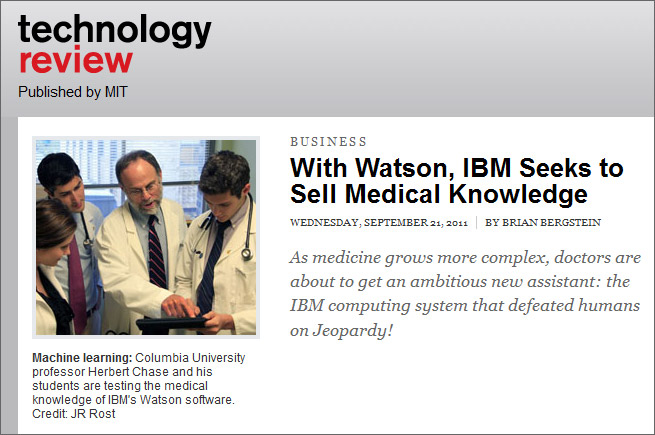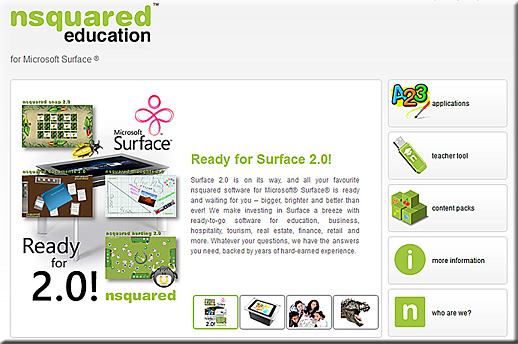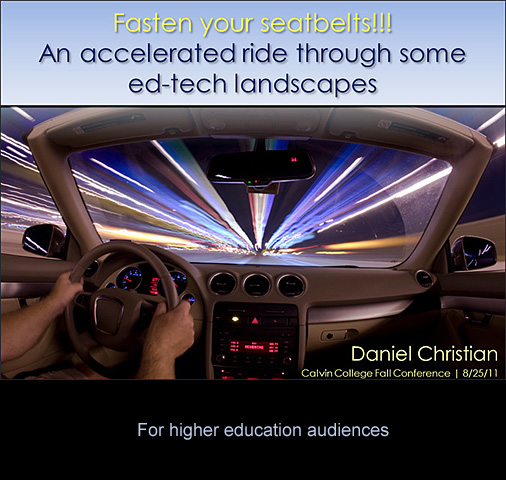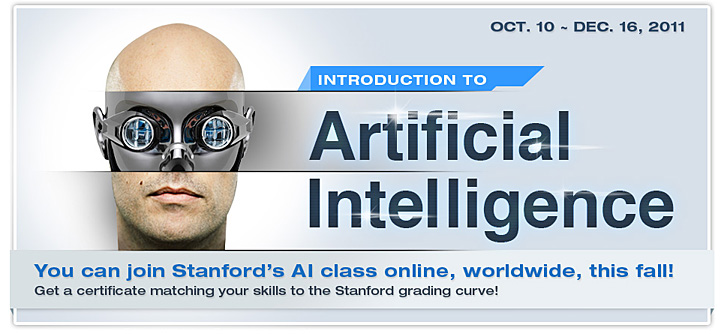Stanford University is offering Computer Science courses online, free to anyone — from geekosystem.com by Max Eddy
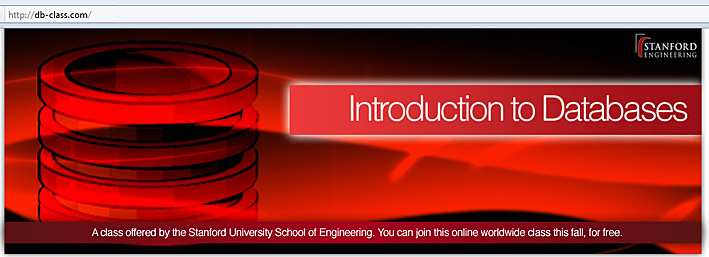
A bold experiment in distributed education, “Introduction to Databases” will be offered free and online to students worldwide during the fall of 2011. Students will have access to lecture videos, receive regular feedback on progress, and receive answers to questions. When you successfully complete this class, you will also receive a statement of accomplishment. Taught by Professor Jennifer Widom, the curriculum draws from Stanford’s popular Introduction to Databases course. A topics list and many of the materials are available here. More information about the Stanford course can be perused here. Details on the public offering will be available by late September. Sign up below to receive additional information about participating in the online version when it becomes available.
Also see the video at:
Introduction to Databases class by Stanford University

A bold experiment in distributed education, “Machine Learning” will be offered free and online to students worldwide during the fall of 2011. Students will have access to lecture videos, lecture notes, receive regular feedback on progress, and receive answers to questions. When you successfully complete the class, you will also receive a statement of accomplishment. Taught by Professor Andrew Ng, the curriculum draws from Stanford’s popular Machine Learning course. A syllabus and more information is available here. Sign up below to receive additional information about participating in the online version when it becomes available.
Also see the video at:
Machine Learning: About the class
From DSC:
Again, my question is…if these trends continue, what opportunities are presenting themselves? What threats are presenting themselves? What is our response? How will colleges/universities differentiate themselves in this developing landscape? If items like the below continue to grow…how do we respond?
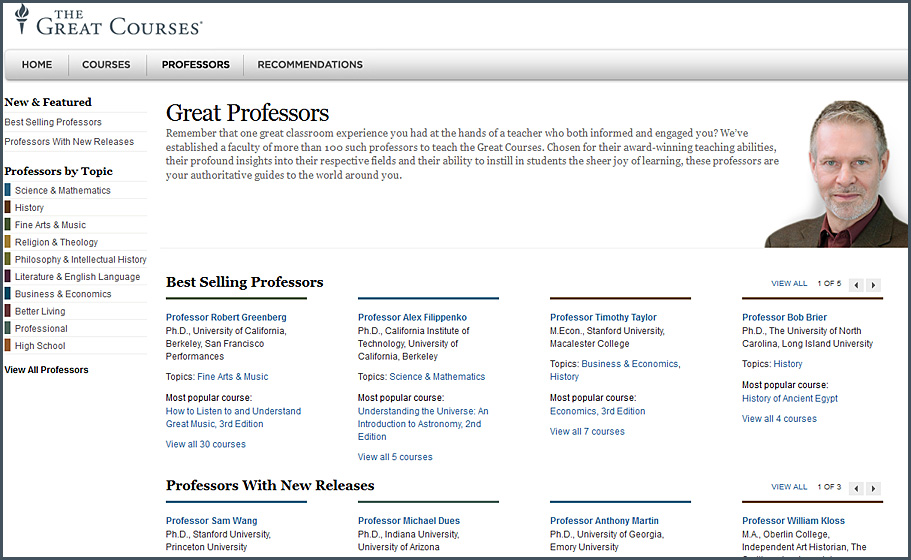
Addendum later on 8/29/11:













